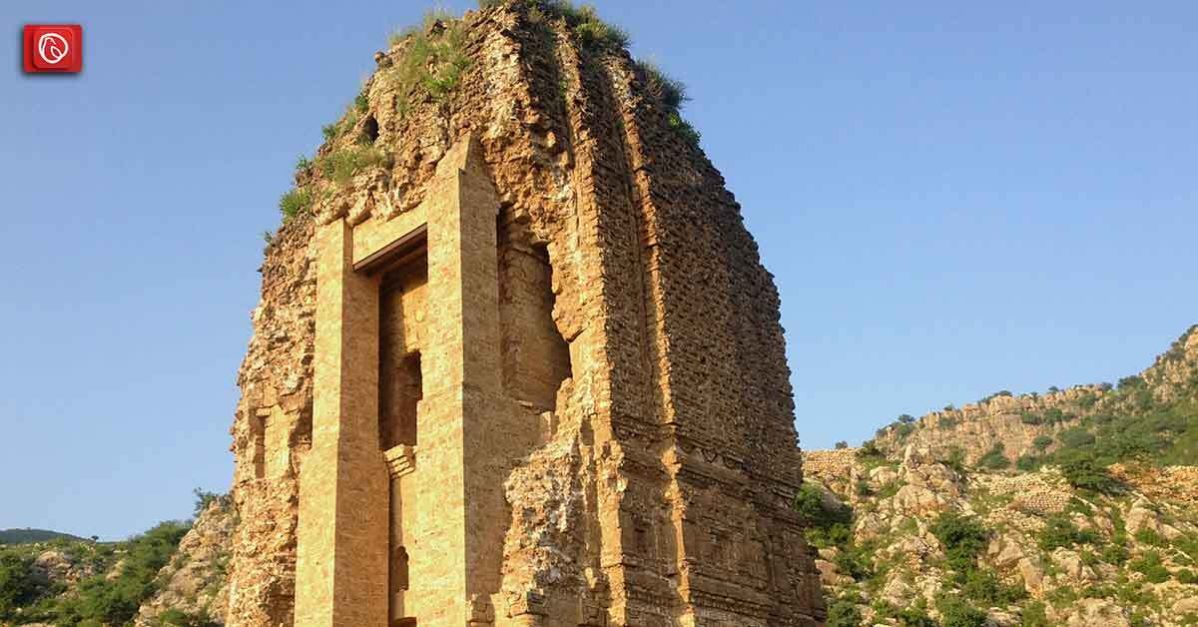The scenic Khushab District is in the centre of Punjab, Pakistan. The word ‘Khushab’ conjures a sense of tranquillity and natural beauty, with its Persian derivation denoting pleasant and delicious waters. This district stands out in the province due to its unique blend of landscape, culture, and history.
Explore more about Khushab in this blog by Graana.com.
Historical Significance of Khushab
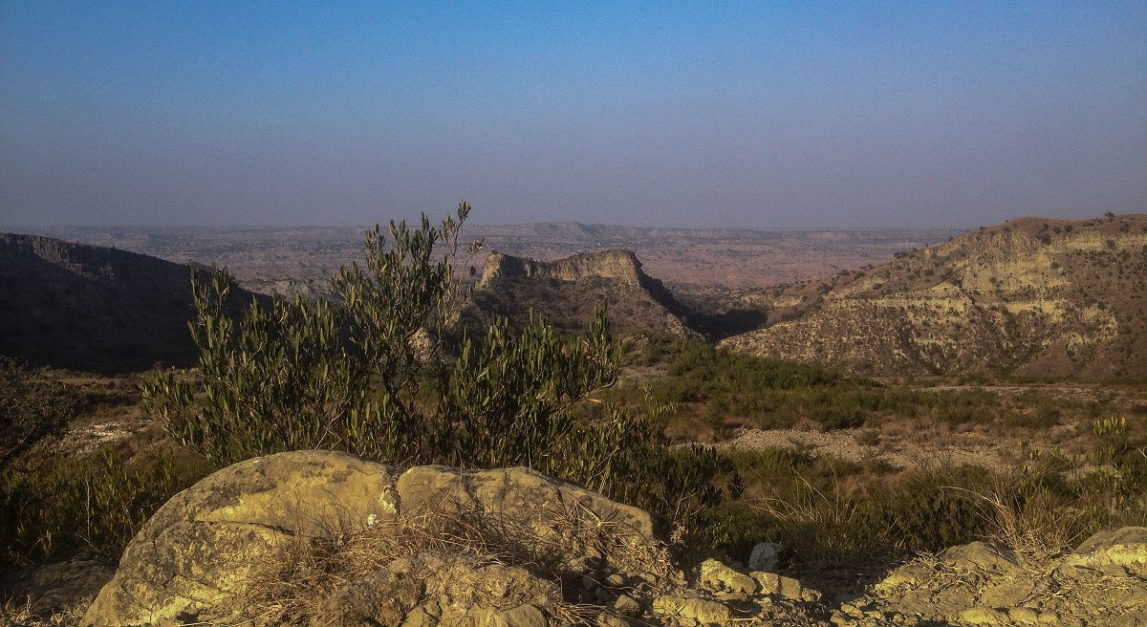
The history of Khushab is inextricably tied to the meandering Jhelum River that runs through the area. Majestic mountains, picturesque valleys, tranquil lakes, gushing waterfalls, verdant plains, and even dry deserts characterise the region’s diverse geography. Khushab is well-known for its mineral wealth and diverse wildlife, including the Punjab urial, chinkara, partridges, ducks, and hawks.
The Soon Valley is a natural beauty among its picturesque beauties. Agriculture, notably gramme farming, thrives in the Thal Desert, which is located inside the district. Girote, Sodhi Jaywali, the PAF Air Base Sakessar, and a RADAR Station highlight Khushab’s present significance.
Khushab was the administrative centre of the Shahpur district of Punjab during the colonial era. It was a thriving commerce centre, shipping cotton, wool, and ghee to Multan and Sukkur. The district also exported valuable wheat from the Salt Range to Karachi for export.
Geographical Marvels
Khushab, located between the cities of Sargodha and Mianwali, has a diversified terrain. Jauharabad, the district capital since 1953, is an urban oasis is mostly agricultural landscape. The landscape of Khushab includes agricultural plains, scenic lakes, and rolling hills. The region is bounded by the enormous Thal Desert, which is tucked between the Indus and Jhelum rivers.
The territory is home to three beautiful lakes: Uchali, Khabbaki, and Jahlar. Khabikki Lake, a saltwater expanse in the southern Salt Range, is a popular tourist destination. The ancient Amb Temples are housed on the towering Sakesar Mountain, the tallest point in the Salt Range.
Demographic Snapshot of Khushab
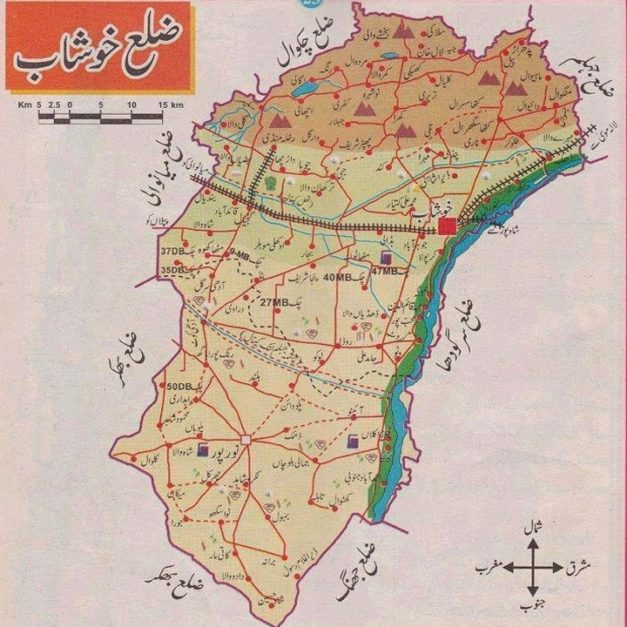
According to the 2017 census, the Khushab District has a population of 1,281,299 people, with urban areas accounting for 352,960 people. The literacy rate was 59.75%. Most of the the district’s population, 99.02%, is Muslim, with a Christian minority of 0.82%.The predominant language spoken in Khushab is Punjabi, which is spoken by 97.7% of the population, with Urdu spoken by 1.5%.
Educational Landscape
Khushab is proud of its education system. Nationally, the district ranks 42nd in the Pakistan District Education Ranking, with impressive education and learning results. With a readiness score of 62.33, the district takes a proactive approach to education. The infrastructure score of 88.11 demonstrates that Khushab’s schools are well-equipped.
Administrative Divisions of Khushab
Khushab was established as a district in 1982, initially consisting of two tehsils, Khushab and Noorpur Thal. Quaidabad was elevated to tehsil level in March 2007, and Naushera (Wadi e Soon) became the fourth in March 2013. The district was delimited in 2015, resulting in the formation of 48 rural union councils and 7 urban Municipal Committees.
Notable Figures
Khushab’s rich cultural fabric has produced extraordinary individuals who have left their mark in a variety of professions. Among these noteworthy figures are Malik Shakir Bashir Awan, Ahmed Nadeem Qasmi, Wasif Ali Wasif, Abdulqadir Hassan, Idris Azad, Khushwant Singh, Sohail Warraich, Malik Naeem Khan Awan, Sumaira Malik, Feroz Khan Noon, and Malik Khuda Buksh Tiwana.
Khushab Weather
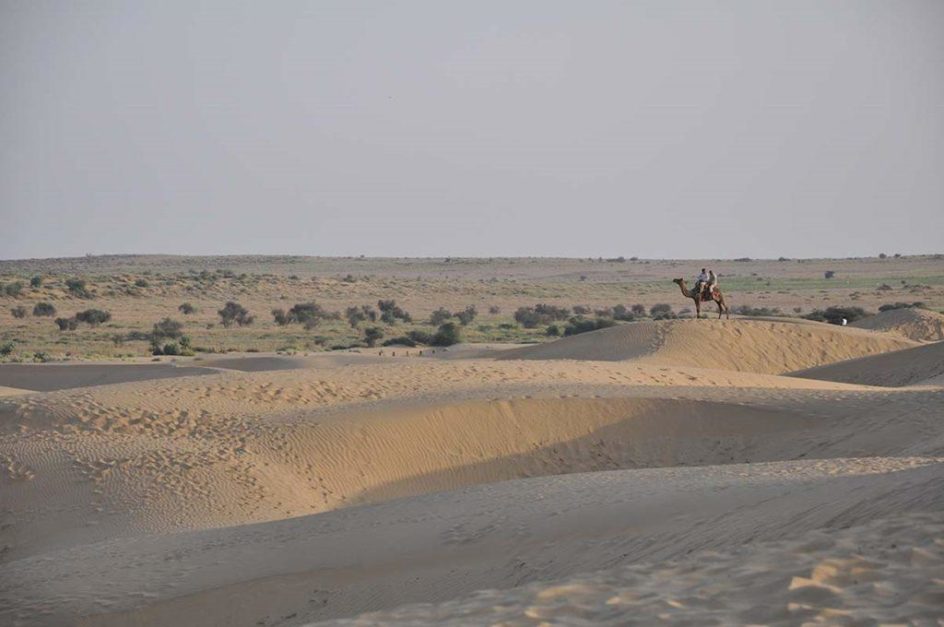
The climate in Khushab, Pakistan, varies throughout the year. Spring is a lovely season, with mild temperatures and blossoming landscapes, making it excellent for outdoor activities. Temperatures can climb throughout the sweltering summer months, frequently topping 35°C (95°F), encouraging travellers to seek relief during the cooler evenings.
Autumn is a transitional season, with pleasant weather and stunning autumn colours. Winters in Khushab, on the other hand, are chilly, with temperatures ranging from 5°C to 18°C (41°F to 64°F), with occasional light snowfall, especially in the neighbouring areas.
The climate of the region is impacted by its physical features, with the Salt Range and Thal Desert helping to shape its peculiar weather patterns. Understanding these seasonal differences is critical for individuals wanting to visit Khushab and its natural beauty, as it will make their visit more pleasurable and comfortable.
Languages and Culture
Most of the population in Khushab speaks Punjabi, Saraiki, Urdu, and Maiwati. Its socioeconomic fabric combines rural and urban elements, including landowner and landless populations, settlers and migrants, joint family systems, and a patriarchal society. The district’s distinct art and architecture represent the region’s cultural variety.
Best Places to Visit in Khushab
The following are the best places to visit in Khushab:
The Valley of Soon and Sakesar
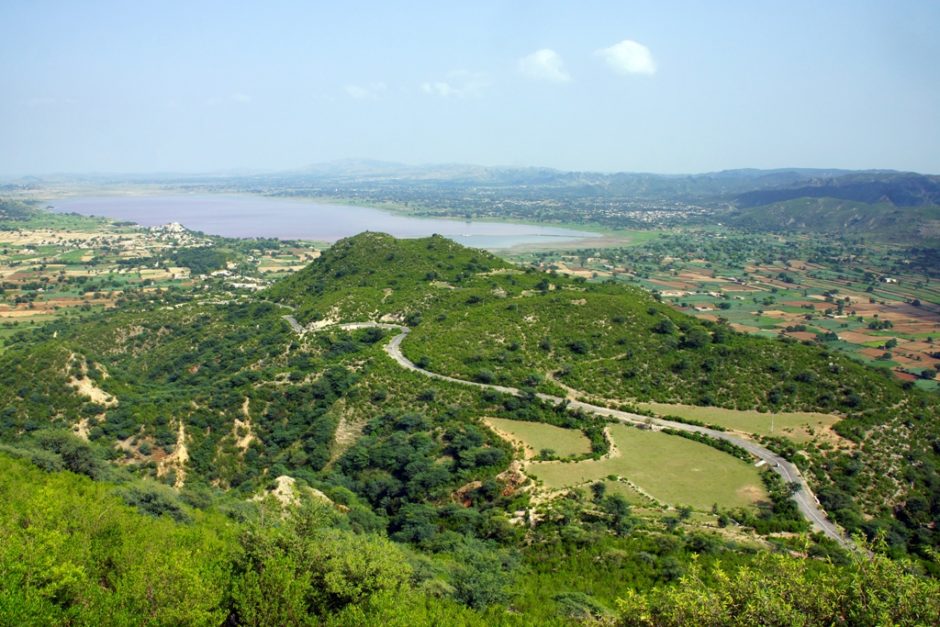
The Soon Valley, located in the northwestern part of Khushab District, is a breathtaking expanse of natural beauty. It runs from Padhrar to Sakesar, the highest point in the Salt Range. This valley stretches for 35 miles and has an average width of 9 miles.
The region is distinguished by abundant foliage, picturesque vistas, and a peaceful environment. Visitors to the Soon Valley can explore the natural treasures, go on scenic treks, and enjoy the peace and quiet of this pure area. It’s a haven for nature lovers and a calm respite from metropolitan life.
Khabaki Lake and Forests
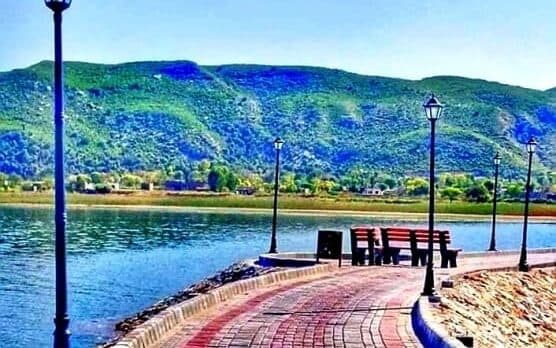
Khabaki is a scenic village in Khushab District that is home to the beautiful Khabeki Lake. This permanent lake has an area of 1,421 acres and is bordered by lush woodlands. The lake’s pristine waters are great for fishing, making it a popular destination for angling aficionados.
The surrounding woodlands contribute to the appeal of the place, making it an ideal backdrop for nature enthusiasts and photographers. It’s a pleasant and tranquil spot where visitors can spend the day in nature’s lap, admiring the panoramic beauty and peaceful ambiance.
Khadoomi Waterfall
Khadoomi Waterfall is a hidden gem in the Khushab region, off the beaten path. This waterfall, located near Nurshingh Phuwar, provides a pure and serene atmosphere. While the waterfall’s appearance has changed over time, it has retained its inherent charm.
Visitors should be advised that the trail leading to the waterfall might be difficult at times, so use caution when visiting this lonely and untouched spot. The pristine splendour of Khadoomi Waterfall makes it an ideal destination for anyone looking for an off-the-beaten-path excursion.
Uchali Lake
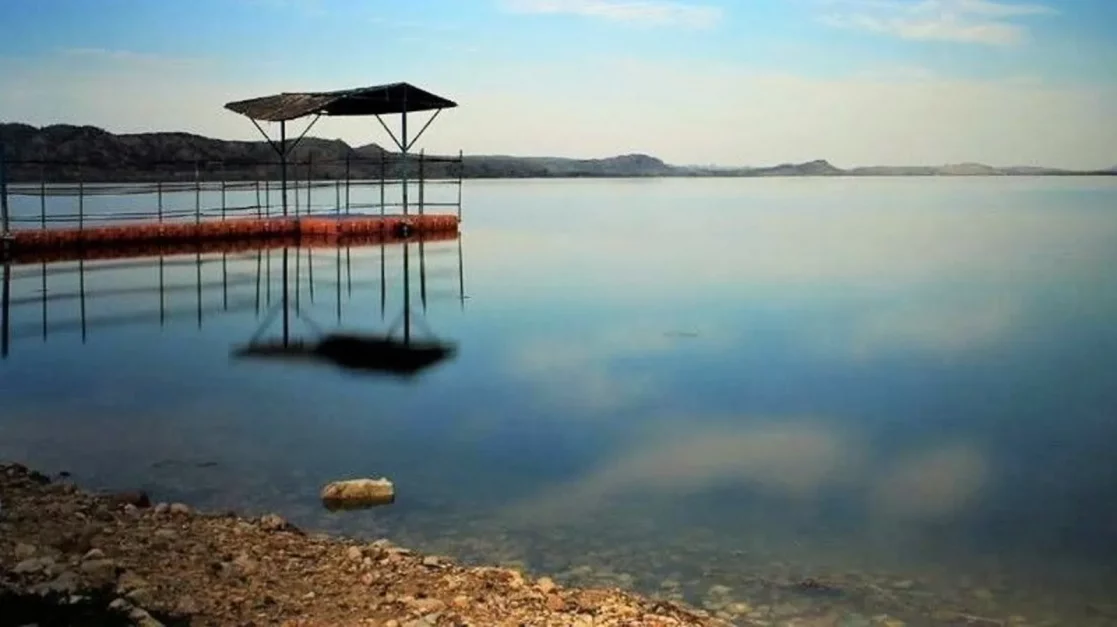
Uchali Lake is in Soan Sakaser Valley in Khushab’s southern Salt Range. Sakaser, the Salt Range’s tallest peak at 1,522 metres (4,993 feet), towers over the lake.
While swimming in the saline waters is not advised, the lake provides a breathtaking view and is home to several migratory birds. Uchali Lake is a paradise for birdwatchers and nature lovers, who may enjoy the lake’s beauty while seeing diverse bird species. The availability of boating enhances the experience, making it an ideal location for a relaxing day in nature.
Read more about Famous Lakes in Pakistan
Amb Shareef in Khushab
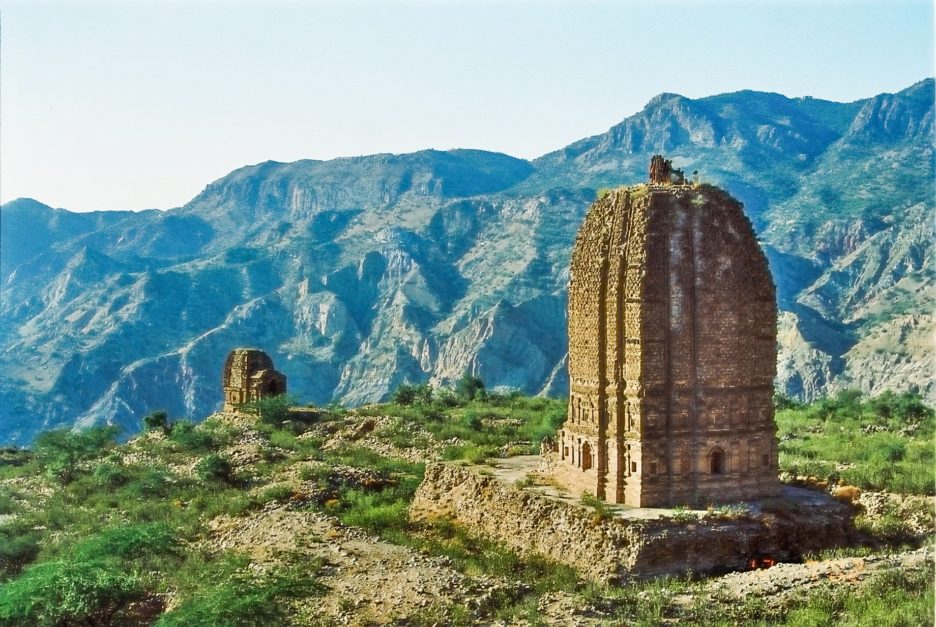
Tehsil Quaidabad is home to the mediaeval fort and shrines of Amb Shareef. While many people link these temples with the Soon Valley because of their proximity to the Mahoriyaan dhoks, their official location is in Tehsil Quaidabad rather than Tehsil Khushab. These temples and the fort are significant in the region’s history and culture, providing tourists with an insight into the past.
Jahlar Lake
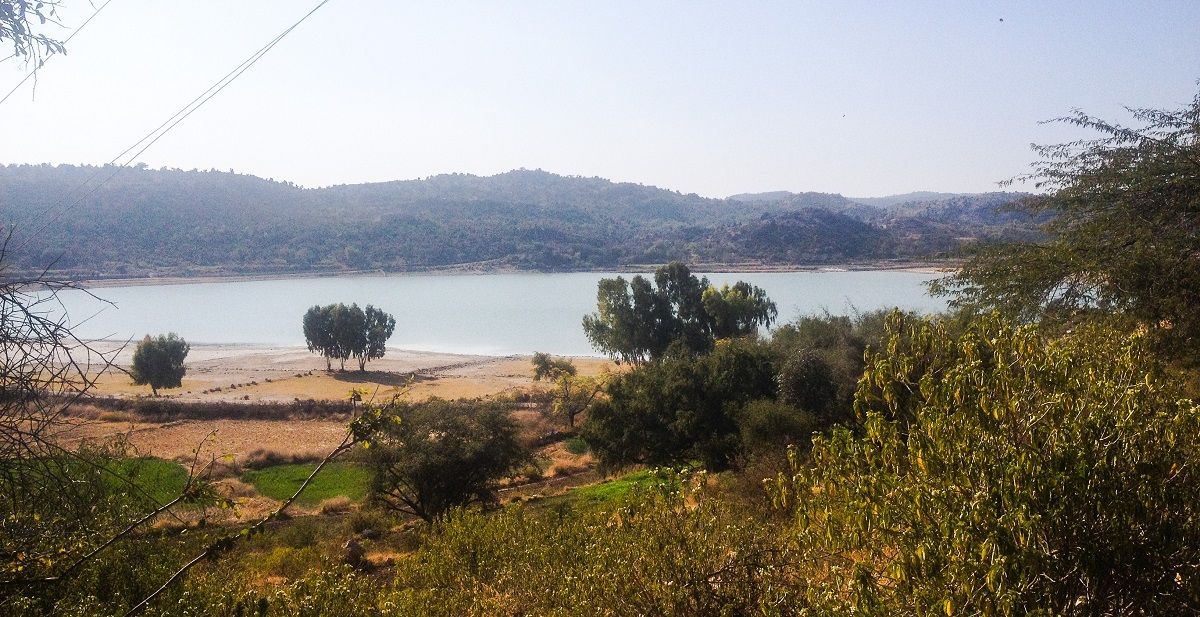
Jahlar Lake, near Jahlar town, is a small but captivating natural wonder. It emits a sense of calm and magic, making it one of the most beautiful lakes in the Salt Range. The lake’s unique feature is its water, which includes strong acidic components, resulting in the absence of aquatic life. It is located 18 km from Naushera and is accessible via Suraki hamlet. Despite this, the lake’s natural beauty and tranquil atmosphere make it a must-see for nature lovers.
Kanhatti Garden in Khushab
Kanhatti Garden is a paradise of gorgeous waterfalls and landscapes. It also has a camping area with a fireplace for guests looking for a fun outdoor experience. Hiking routes abound, allowing tourists to immerse themselves in the splendour of the surrounding region. This resort is ideal for individuals who want to reconnect with nature and appreciate the marvels of the great outdoors.
Nurshingh Phowaar
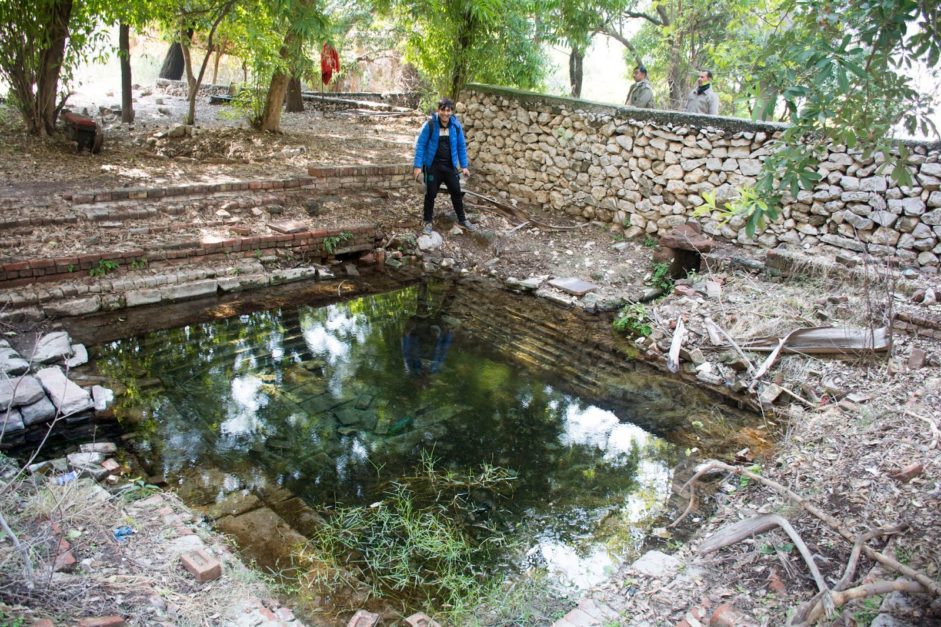
Nurshingh Phowaar, often known as “nursing phowaar,” is a site where visitors can explore gorgeous temples and tranquil water springs. The temples have managed to retain their original architectural charm despite the passage of time; however, they are gradually succumbing to the impacts of weather and time. A trip to Nurshingh Phowaar provides an insight into the region’s rich history as well as the continuing beauty of its temples and natural springs.
These locations in Khushab District provide a variety of experiences, ranging from tranquil valleys to pristine lakes and hidden waterfalls. They allow visitors to connect with nature and enjoy the region’s pristine beauty, making Khushab an appealing destination for those seeking natural wonders and tranquilly.
For more details visit Graana blog.
